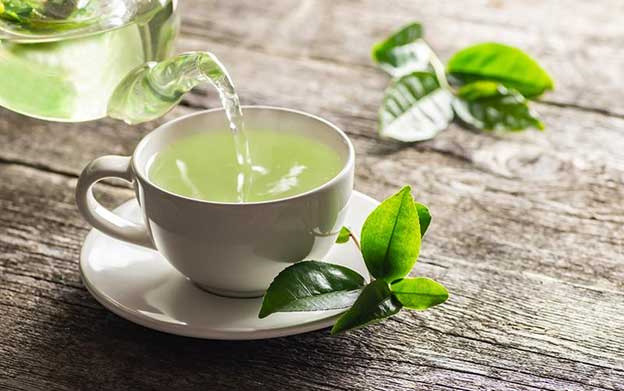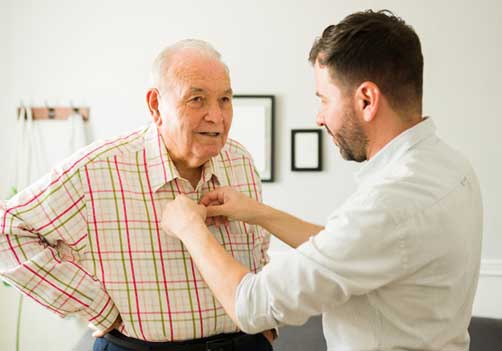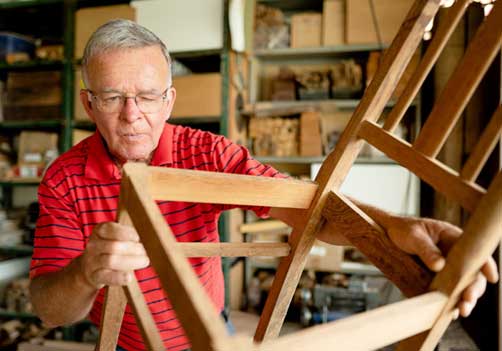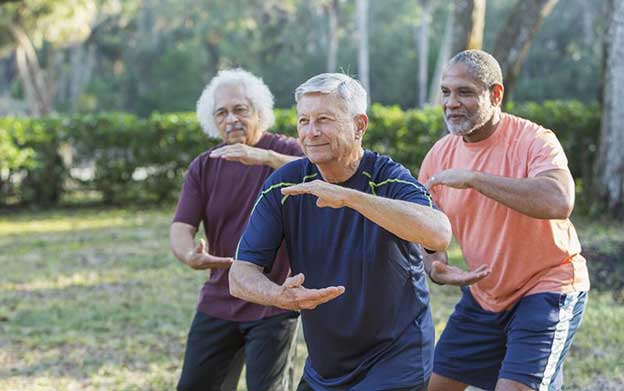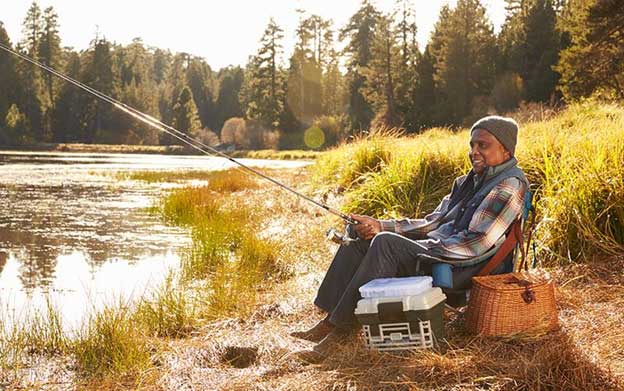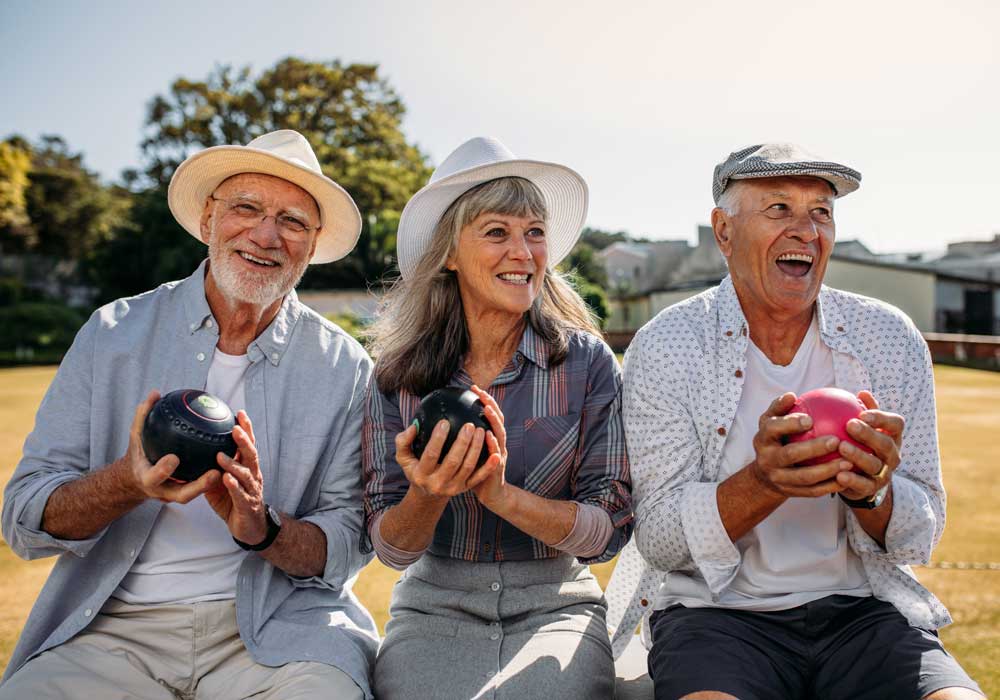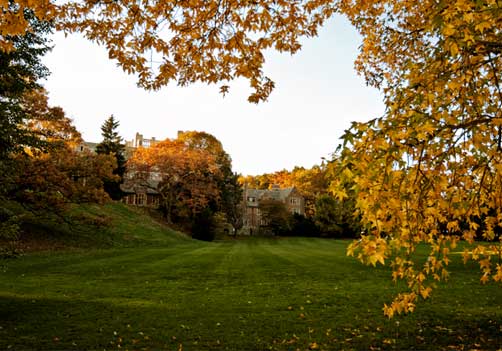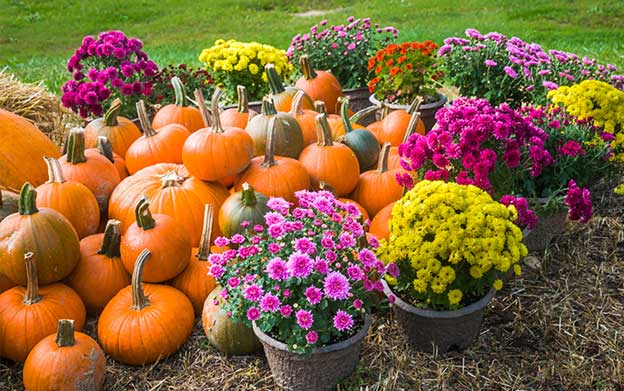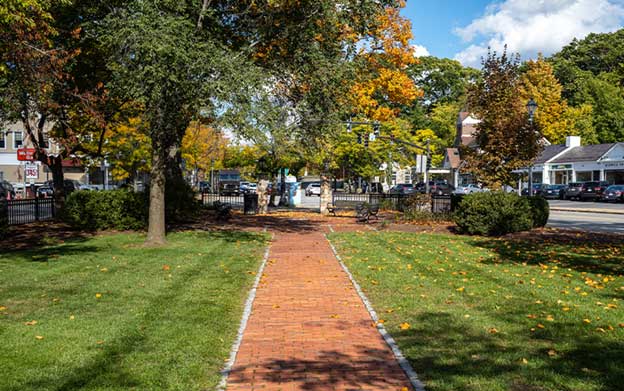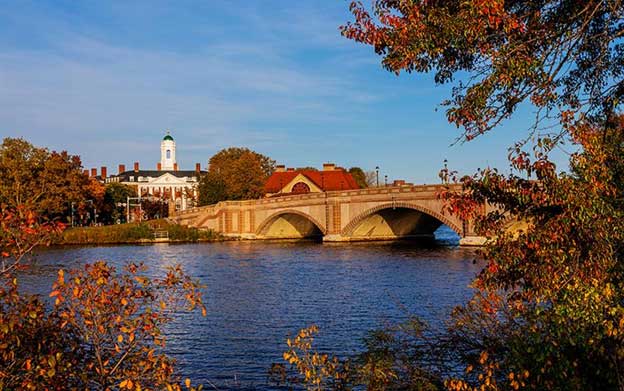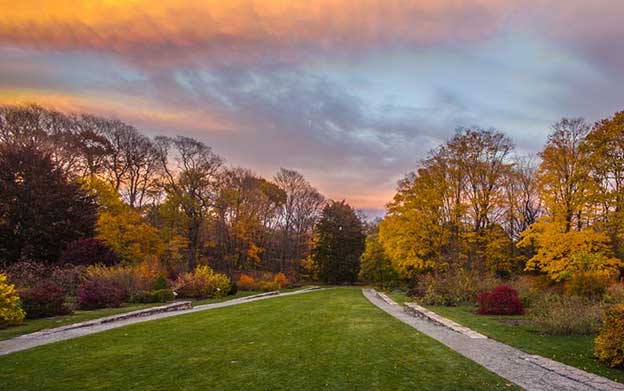In a previous blog, we discussed Sudden Retirement Syndrome, a term for the mixed emotions that some individuals feel when their reality of retirement doesn’t immediately live up to their expectations. In order to keep SRS at bay or to help banish it if you find yourself experiencing it, part of your retirement plan should be seeking new opportunities to engage your mind and participate in meaningful activities.
The beautiful thing about retirement is that you finally have time to pursue options and interests that you may not have been able to in the past due to work, family or other commitments. We’ve put together a list of 17 different pursuits to pique your interest, focus on what matters to you, and make your golden years the most interesting, vibrant ones yet.
17 Ways to Spend Time in Retirement
1. Travel
Have you ever longed to see more of the world? Retirement is the perfect time to pack a bag and travel as close or as far as you desire. 25 percent of retirees travel internationally each year, and many more of them enjoy a road trip or other domestic traveling throughout the year. If wanderlust strikes you, consider looking into senior-focused tour companies that specialize in creating amazing experiences for the 50 and older crowd.
2. Find a Part-Time Job
While this may seem counterintuitive – after all, isn’t retirement when you stop working? – getting a part-time job can be incredibly beneficial to a senior’s physical, mental, and emotional health. A few examples of popular part-time jobs for seniors include being a store greeter, a pet sitter, delivery driver, and more.
3. Improve Your Health
Regular physical activity is essential for helping older adults age well and stay healthy. Now that you aren’t working full time, you have additional opportunities to take exercise classes, pick up a new sport, and spend time getting your blood pumping while having fun, too. Consider joining a club to try new activities and meet new people while staying active.
4. Become a Mentor
Mentoring others, whether you enjoy working with kids, young adults, or professionals, is an excellent way to share your knowledge and make the world a better place. Mentoring can be formal, informal or a mix of both. A few great organizations that offer mentorship opportunities are AmeriCorps and Big Brothers Big Sisters of America. Other places to look include local schools, community organizations, and places of worship.
5. Go Back to School
School isn’t just for young kids anymore. Many retirees use their free time to take classes to learn new skills like acting, cooking, music, history, gardening, and more. Some seniors choose to earn a degree and start a secondary career doing something that has always interested them. Various community colleges and universities offer specialized programs for seniors that are either low- or no-cost. Other organizations, like Alison, offer free online classes with certifications.
6. Adopt a Pet
It turns out that having a furry friend is good for our hearts and bodies. The American Heart Association reports that people who own pets have lower stress and blood pressure and higher fitness levels and happiness and well-being than non-pet owners. Many seniors choose to adopt senior animals, helping give an older animal a loving home in their golden years. If you want the joy of a pet without the responsibility, you can become a foster parent or volunteer at your local animal shelter.
7. Learn a Second Language
Learning a new language helps keep your brain nimble, introduces you to other cultures, and is just plain fun. Even if you don’t plan on traveling overseas, the act of learning a language helps improve mental acuity and can potentially help stave off cognitive decline. While you can opt for an in-person class, there are many online courses like Duolingo and Babbel that help link you with native speakers and use cutting-edge research to help you begin speaking like a professional.
8. Volunteer
Volunteering is a very popular activity for retirees who wish to use their free time to donate to causes that are meaningful to them. Volunteering connects you to like-minded people, helps you stay social, and gives you a sense of purpose. There are countless opportunities for volunteering at both the local and national levels. A good place to start and find opportunities in your area is through Senior Corps, which is focused on connecting people 55+ with worthwhile causes.
9. Join a Book Club
Book clubs are a great opportunity for older adults to make new friends, socialize, think critically, gain new perspectives, or simply read a book that they might not otherwise have selected . Check out your local library to see if there are any clubs that interest you, or ask friends and family if they have a group that would be interested in having a new member.
10. Spend Time with Friends and Family
Many retirees plan on spending more time with family and friends during their golden years. Not only does this give you a chance to build and strengthen those relationships, but social connections also help seniors avoid depression, isolation and loneliness. Find ways to meet up with friends and family on a regular basis, whether it’s for a weekly phone call, family dinner on Sundays or a monthly trip to see your grandkids. You’ll make memories that can be cherished for years to come.
11. Trace Your Family Tree
Learning your family history can be enlightening, interesting and even surprising. Genealogy is easier than ever to trace these days, thanks to sites like Ancestry. You can also document family stories for future generations with online services that allow you to create a family book or by doing an interview for the national StoryCorps project.
12. Become a Tour Guide
Are you interested in sharing your passion about the local area? Becoming a tour guide or docent can be an excellent opportunity to get out into the community and share your love and knowledge. Maybe you live near a local historic site and can volunteer at the visitor’s center. Or perhaps you’d like to create a walking tour of some offbeat history that occurred in a nearby neighborhood. Check with your local historic buildings and monuments to see how you can play a role.
13. Declutter Your Home
Refresh your home and free up your retirement lifestyle by finally taking the time to go through your house and get rid of things that you don’t want or need. (This can be an excellent jump-start toward eventually downsizing to a smaller home or a senior living community.) Go through those dusty boxes in the attic and look through the family pieces that you don’t really use but haven’t been able to get rid of yet. You can also gift heirlooms and treasured pieces to your family members so they can enjoy them while you’re around to see it.
14. Play Brain Games
Keeping your brain sharp through Sudoku, logic puzzles, or other brain-teaser games can help stave off memory loss, improve your mood, and potentially even help you avoid cognitive diseases like dementia. Don’t feel like cluttering your home with hard-copy puzzle books? Download apps to your smartphone or tablet to get endless games that you don’t have to physically store.
15. Find a New Group Activity
Joining a group, whether it’s a crafting group, movie club, pickleball league or tennis group, gets you out of the house, out of your comfort zone, and into the company of others from different generations and backgrounds. Your local Parks and Recreation department is a great place to look for affordable classes and activities that may be of interest to you.
16. Find a New Solo Activity
Being in the company of others has many benefits, but it’s also rewarding to have time all to yourself that you can use to work on a project, activity or interest. Create a must-read list, or set up a studio in your home where you can paint or do woodworking. Bake goodies and donate them to nearby hospitals or hospice homes. Creating something with your own two hands can be incredibly rewarding.
17. Be a Tourist in Your Own Town
Retirement is a great time to visit all the local sites, attractions and festivals taking place in your area that you’ve always heard about but have never visited. Head out to your town’s First Fridays or Third Thursdays to take in live music and local foods, and visit local farmer’s markets to source some homegrown produce. Check out your town’s Chamber of Commerce and calendar of events to learn about activities and events that can be fun for the whole family.
Reinvent Your Retirement at Waterstone on High Ridge
At our elegant senior living community in Stamford, CT, our active and vibrant lifestyle provides so many ways for you to fill your retirement years with meaning, fun and fellowship. Our residents enjoy their own private, maintenance-free apartments that free up their time so they can fill their days how they wish. We invite you to contact us at 203.541.0868 to learn more about our beautiful community and to see how we can help you make the most of your senior living experience.



